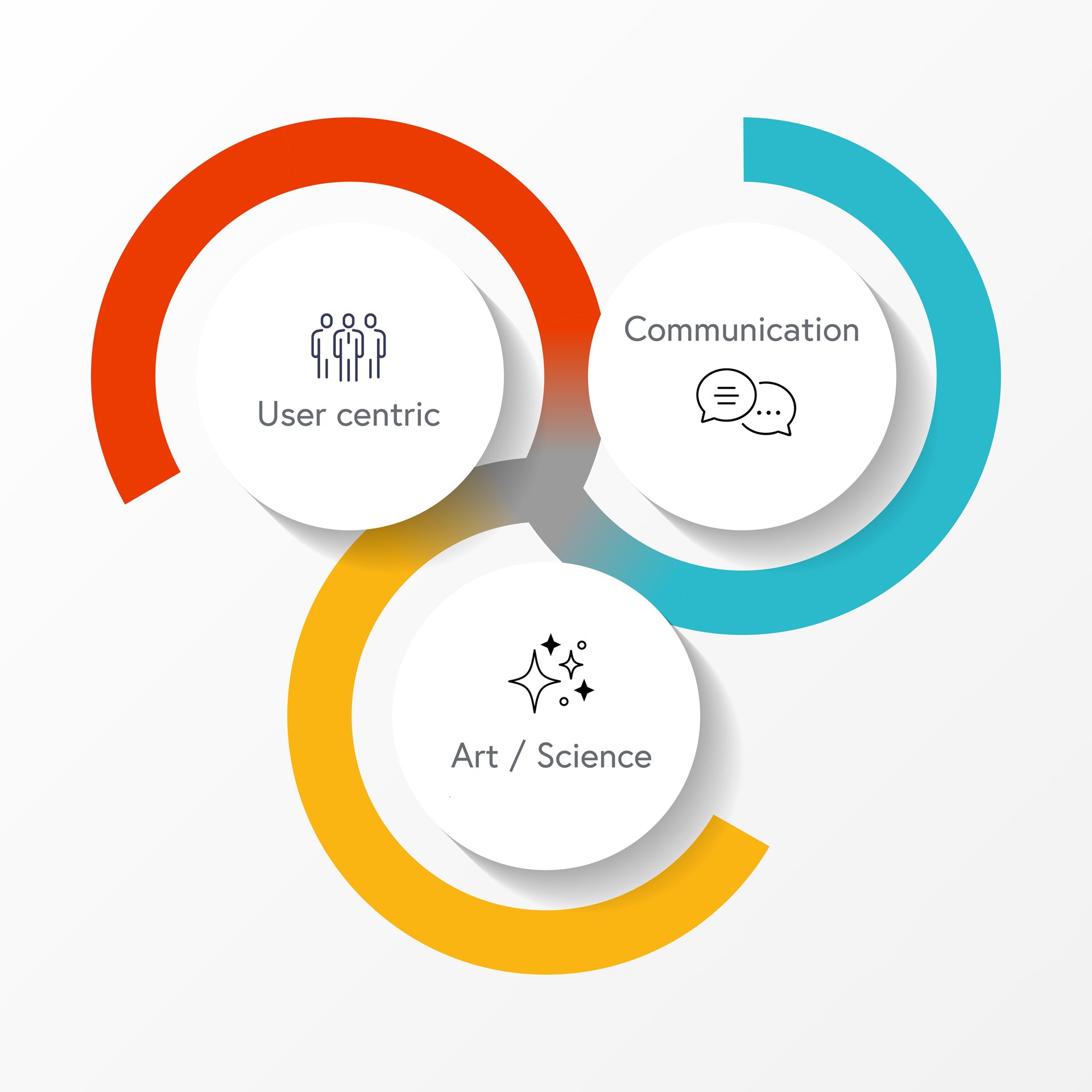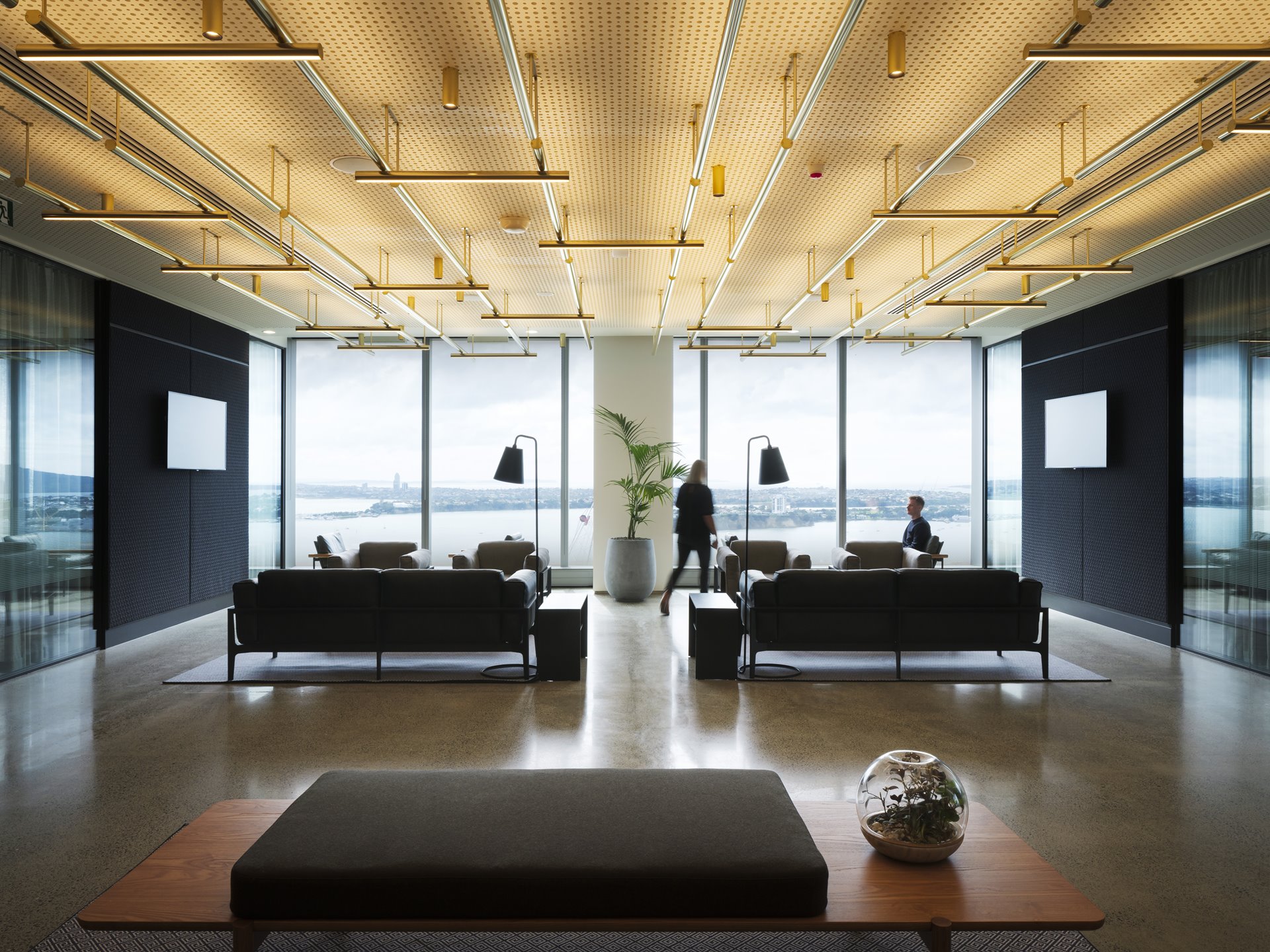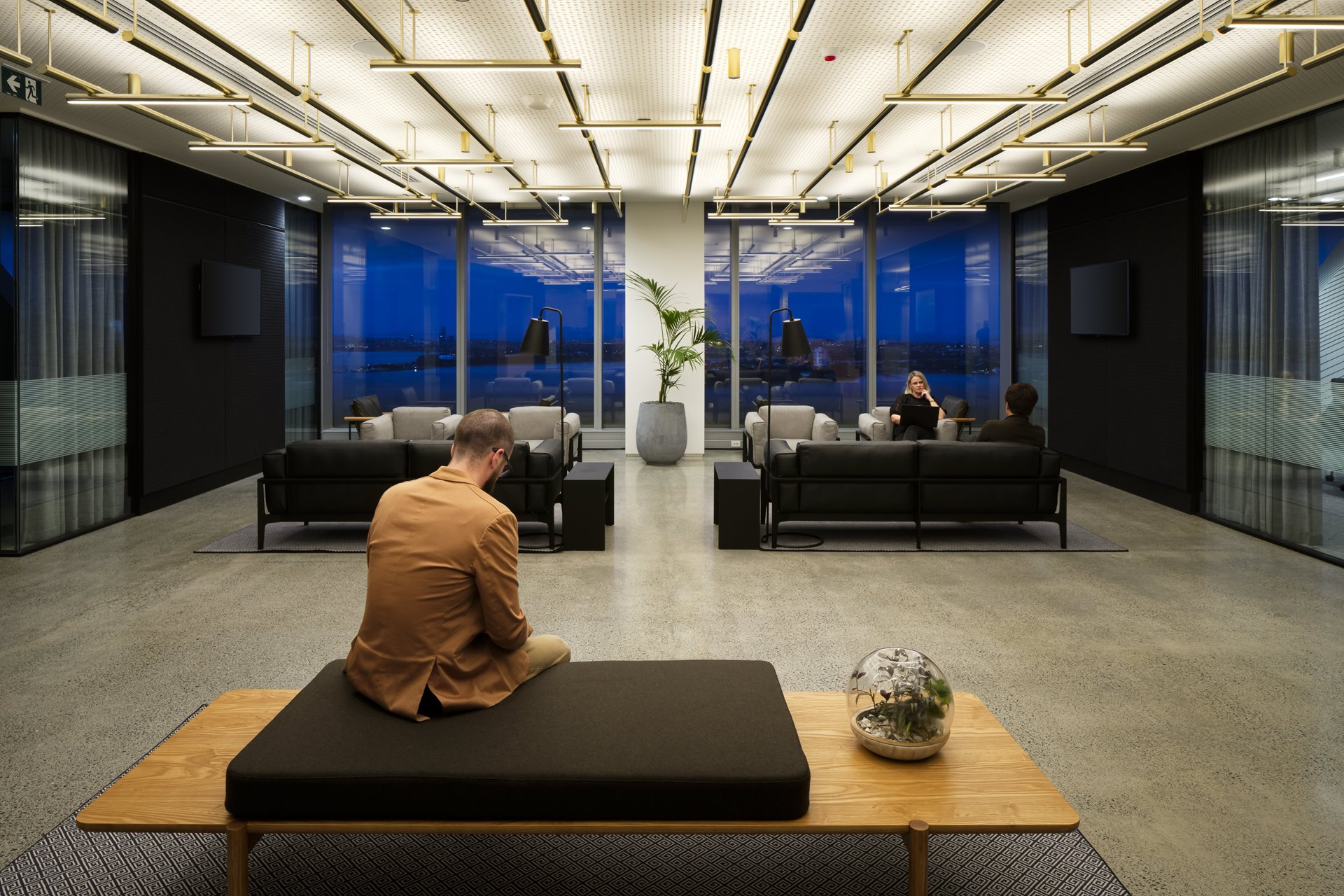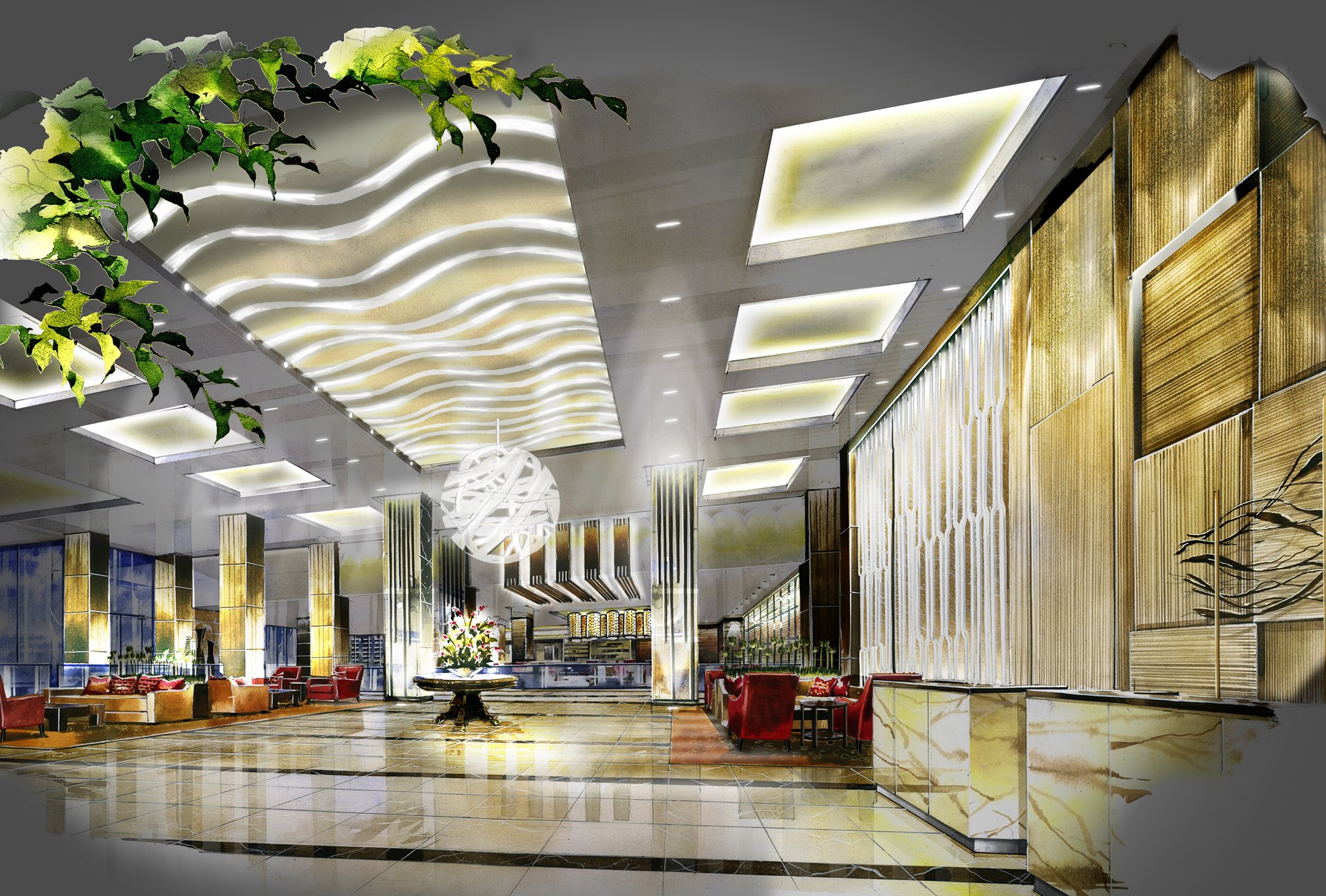Have you ever had the delightful experience of walking into a space infused with warmth, energy and vitality – drawing you in with a welcoming ambiance? Lighting plays a pivotal role in breathing life into a building or urban space. It also has the power to significantly impact and influence people and the environment.
In this thought leadership article, Alix Abanda (Beca Lighting Specialist Lead) shares the key principles of lighting design, why it's worth the investment, and some important takeaways for designers of our built environment.
What is lighting design?
Lighting design is the art and science of achieving a delicate interplay between light and shadow. From interior rooms and building facades to roads, streets, gardens, and community parks – lighting design applies to both indoor and outdoor spaces.
Its three key principles are as follows:
- User-centricity. Light impacts our biology. Therefore, the user profile and desired experience need to be at the centre of lighting design considerations.
- A way of communication. Lighting helps people navigate, perceive, and interpret a space and its objects, enabling designers and their clients to communicate vast amounts of information without a word.
- At the intersection of visual arts and science emerges lighting design, a tool that can be effectively utilized not just as a functional medium to support visual tasks, but also as a way to enhance aesthetic, create ambiance, and amplify desired moods and emotions.

Lighting design principles. Diagram by Alix Abanda.
Lighting design works best when fully integrated into the architectural concept and fabric of a project. It's a design discipline that integrates with architecture, interior design, landscape design, and urban development, so collaboration between these disciplines is key to success.
As we design places and spaces within our built environment, it’s important that our solutions consider how light and lighting can influence and impact people and our environment. Understanding this underscores why lighting design is a worthwhile investment.
Why should we invest in lighting design?
Impact on health and wellbeing
People spend on average 60-70% of their day1 in offices and buildings, where natural daylight is often inadequate for performing daily tasks or enjoying our interior surroundings. As a result, artificial lighting plays an indispensable role in enabling our ability to function indoors.
Studies have shown that light and lighting design exert a significant and continuous influence not only on our performance but also on our overall physiological and mental health, sense of wellbeing, and quality of life.
According to a study on employee health in work environments2, there was a 12% increase in task performance when respondents worked under lighting designed to support the circadian rhythm, as compared to traditional lighting. Aside from improvement in task performance, most respondents also felt happier and more energized when working under the right lighting.
Within the healthcare setting, there is empirical evidence3 to suggest that the right combination and design of daylight and artificial light can modify health outcomes. It can reduce depression and lessen agitation among patients, decrease length of stay in hospitals, improve sleep, ease pain, and improve adjustment to nightshift work among staff.
Conversely, poorly considered and executed lighting design can have physiological effects, including eye strain, bad moods, headaches, fatigue, and circadian rhythm disruption.


Dynamic lighting day and night in PwC Building, Auckland. Lighting design by Beca.
Impact on how people feel
As a medium for communication and expression, lighting has the power to influence a person's emotions and mood, by creating a desired ambiance.
Whether it's cosy and romantic, modern and sophisticated, calm and relaxing, or mysterious, lighting can evoke a range of emotions, allowing people to connect and form a positive relationship with their surroundings.
By utilising various technologies and techniques, customized lighting design can also shape a person's physiological and psychological perception of a place and transform it – elevating their unique user experience.
The example below demonstrates how lighting design can be used to not only enhance function and aesthetic, but also to create a desired mood. The hotel lobby utilises a mix of different light sources, positioning and luminance levels to achieve a space that makes visitors feel welcomed and sophisticated.

Hotel lobby ambiance lighting design render. Lighting design by Alix Abanda.
Impact on our environment
Within urban environments, light emitted from buildings, neon signs, streetlamps, billboards, parking lots, stadiums, and other sources creates 'light pollution' – glare, skyglow, light trespass, and clutter.
As we spend 30% of our time outdoors, this light can pose harmful effects not only on people but also birds, insects, and other animals.
Lighting can also result in significant energy wastage. The International Dark Sky Association estimates that 35% of artificial light and about $3 billion are wasted annually due to poorly aimed or shielded lighting design in the U.S. alone4.
Well-considered lighting design can help to reduce this impact, along with new technologies that optimize energy use and improve the integration of lighting within our urban environment.
Key takeaways for design professionals
Lighting can have a significant impact on people and our environment and therefore plays an important role in the design of our built environment.
In addition to maximising functionality and user performance, lighting design can help improve health and wellbeing, enhance user experience, kindle feelings of enjoyment, and connect people to places.
As a user-centric discipline, lighting design will continue to evolve to meet the changing needs of people and communities locally and globally. Design concepts that are adaptive, flexible, and integrative will be central to accommodating a diverse range of users and their needs.
Design professionals must take a holistic, long-term view and work together to develop buildings and urban landscapes that not only meet safety and functional requirements but also enhance the wellbeing of people, wildlife, and our environment.
Involving lighting designers early on in the design process will help to ensure the outcomes our clients are seeking – when it comes to the look, feel, and functionality of a space.
Integrating an inspiring and well-crafted lighting design concept into an architectural, landscape, or urban development plan offers many exciting possibilities and more beneficial outcomes.
References:
1. Khajehzadeh, Iman & Vale, Brenda. (2016). How New Zealanders distribute their daily time between home indoors, home outdoors and out of home. Kōtuitui: New Zealand Journal of Social Sciences Online.
2. Smolders, K.C.H.J. ; Kort, Y.A.W. ; van den Berg, Stéphanie Martine. (2013). Daytime light exposure and feelings of vitality: Results of a field study during regular weekdays. Journal of environmental psychology.
3. Joseph, Anjali. Impact of Light on Outcomes in Healthcare Settings. The Center for Health Design 2006.
4. Gill, Victoria. Light Pollution's Wasted Energy Seen from Space. BBC News, BBC, 29 October 2020.